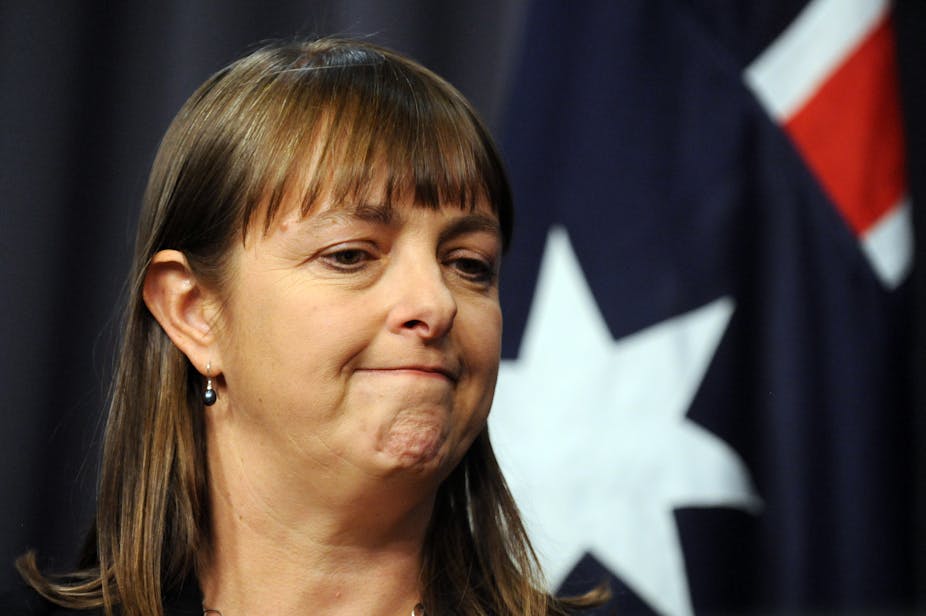Can someone provide effective representation for a community if they live outside the boundaries of the district they hope to represent?
Or more bluntly, should a member of parliament not only live in their electorate, but BE from that seat?
The recent decision by Nicola Roxon to resign from parliament, after having served as health minister and attorney-general, precipitated a high profile battle within the ALP to find her replacement.
In the end Tim Watts, who was backed by factional forces aligned with Senator Stephen Conroy, was chosen to represent the party ahead of Roxon’s preferred candidate Katie Hall.
The suitability of Watts to represent Gellibrand, however, was quickly questioned as he did not yet live in the local area.
Indeed, the ALP in recent months has debated about the benefits of structural reform in order to build a more inclusionary organisation where local branch members would have a greater say in candidate selection and how the party was run.
But does it really matter where a candidate lives? In marginal seats (classified by the Australian Electoral Commission as being held by less than 6%), it’s important that candidates are as appealing to the local electorate as possible. Having a strong local profile and history with local organisations are assets to aspiring politicians in marginal seats where a handful of votes decide electoral contests.
In safe seats that are held by over 10%, however, parties have some luxury in being able to choose who they believe will not only represent the district effectively, but also make a significant contribution to the party’s “big picture”.
Compared to marginal MPs, safe-seat MPs are often not under the constant pressure of having to campaign for every single vote. They know, based on voting results, that they have a very good chance of retaining their seat at the next election.
Indeed, roughly two thirds of seats in federal parliament are “safe” for either Labor or the coalition. On the other hand, there is a band of “swinging seats” that are held by slim majorities and may be won by either party. In reality, these are the electoral contests that decide who forms government.
There is also another reason that may weaken the idea that a local candidate is best to represent a community.
The pattern of elections in Australia demonstrates the resilience of the major parties in winning the primary vote. In the 2010 election, for example, the major parties won over 81% of the primary vote in the House of Representatives.
In fact, the major parties have won at least 80% of the primary vote since the end of the Second World War (though this figure did dip just under 80% when Pauline Hanson’s One Nation attracted a tranche of coalition voters in 1998).
Many voters also tend to identify with parties rather than individual candidates when they cast their ballots. For example, in 2004 Peter King, who held the seat of Wentworth for the Liberal Party, lost pre-selection to Malcolm Turnbull. King stood against the Liberal-endorsed Turnbull who won the seat comfortably at the election.

Similarly, in 2007, Gavan O’Connor, who held the seat for Labor since 1993, lost his party’s pre-selection. He stood as an independent but lost the seat to the ALP-endorsed Richard Marles. Despite their public profiles, the dis-endorsed party candidates lost to those who were the official party representatives.
But this tendency is certainly not an “iron law”. The electoral victories of Tony Windsor, Rob Oakeshott and Bob Katter, all of whom were former Coalition members, suggests that in rural and regional electorates the pattern goes against metropolitan trends.
There are also a number of high profile MPs who do not live in the electorates they represent.
On the coalition side, John Alexander represents Bennelong yet lives in Bradfield, while Kevin Andrews represents Menzies while living in Jagajaga. Labor’s Simon Crean resides in Melbourne Ports while holding the seat of Hotham and attorney-general Mark Dreyfus lives in Kooyong but represents Isaacs.
In metropolitan areas there is also a strong sense that many voters identify with party leaders rather than local candidates. In what some have called the “presidentialisation” of Australian politics, the focus of election campaigns is on the leaders of the major parties.
Indeed, parties try to exploit this by saturating their local paraphernalia with images of their leader. The local polling booths are fitted out with bunting and how to vote cards presenting the leader and often voters want to vote “for” or “against” a party leader, even when they are really voting for their local representative.
The strength of party discipline also mitigates a sense of independence by local candidates. In the United States, for example, it is common to witness parliamentarians openly criticise their party’s decisions. In Australia, however, criticising your own side is tantamount to treachery.
So, can someone provide effective representation for a community if they live outside the boundaries of the district they hope to represent? The strength and resilience of the Australian party system means that, while pre-selection battles will still be fierce, the bulk of citizens will still vote for their preferred party, even if the candidate is not a local.

